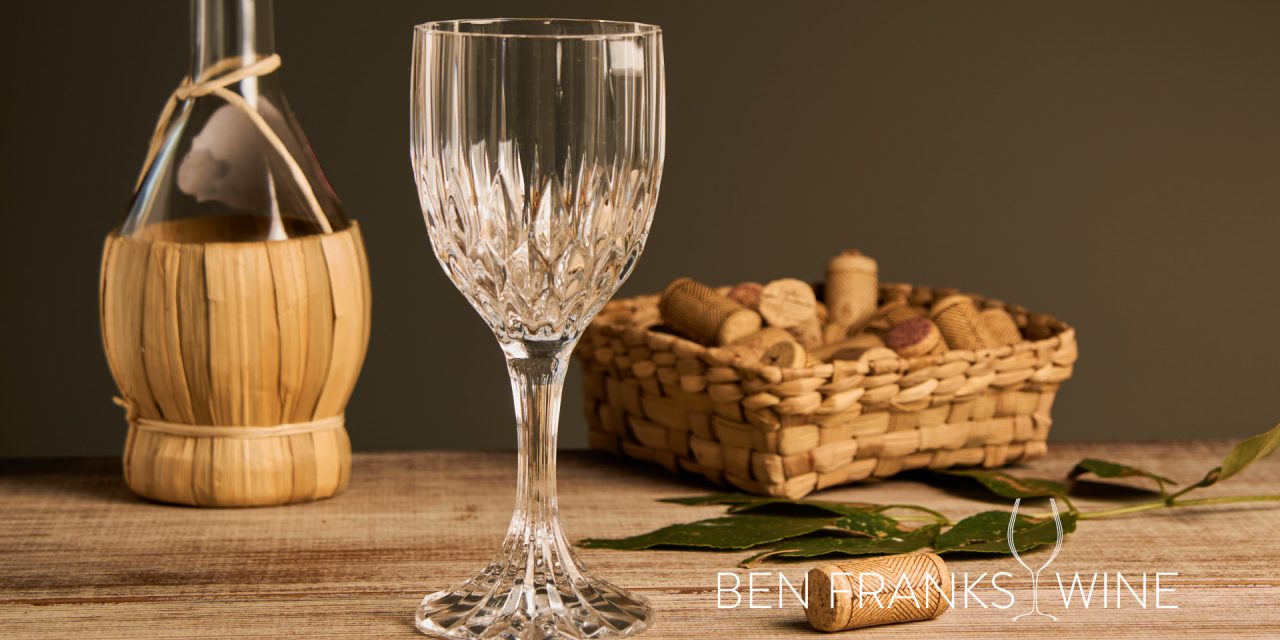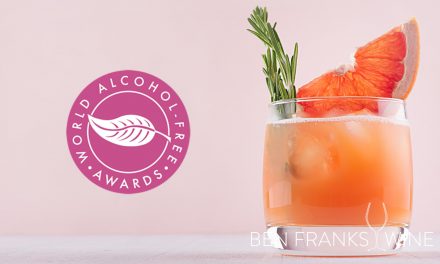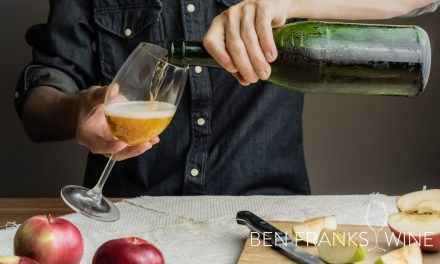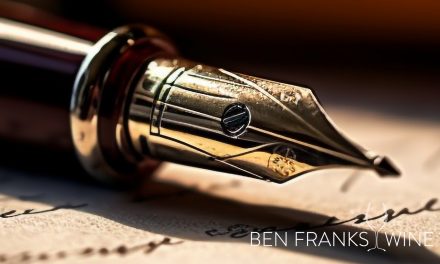What was the bottle that did it for you? In Kris Pathirana‘s latest article he recalls the Chianti over dinner that marked his adulthood, he discusses his Italian heritage and the construct of class, and he asks the wine world’s Corinne O’Connor, Ellen Doggett and Jen Avina what their wine epiphany was.
Recently, I have been revisiting albums, books, and films, that I first loved decades ago. This is not the warning signs of an early mid-life crisis, nor nostalgia for a simpler time, as I am rather relieved to no longer be the adolescent who thought it perfectly acceptable to purchase an Albert Camus novel and a Blink 182 album simultaneously. No, I revisit the tentpoles of youth to measure how significantly I have changed, because I am just that well-adjusted.
I first watched Sideways as a film student, when I had only just begun to entertain the notion of wine being something more than a classier way to get tanked up. The way the characters discussed wine felt impossibly tortured and romantic… and impossibly tortured and romantic was where I lived (and although I don’t live there anymore, it is where I spend most of my summers). This was long before I worked in a vineyard and realised that nobody who made wine actually talked in these operatic terms. Nowhere is the contrast more evident than when Miles, the protagonist, explains his obsession with Pinot Noir:
“It’s thin-skinned, temperamental, ripens early. It’s not a survivor like Cabernet that can… thrive even when neglected. Pinot needs constant care and attention… Only somebody who really takes the time to understand Pinot’s potential can coax it into its fullest expression.”
Miles ‘vinopomorphosises’ himself, narcissistically projecting his own insecurities on to the grape, like a self-aggrandising avatar. Miles then asks his love interest, Maya, a horticulture student, when she got serious about wine, “What was the bottle that did it?” Her answer: an ’88 Sassicaia. Now, to say that the Grandaddy of Super Tuscans was the bottle that got you into wine is a lot like saying that sleeping with Sophia Loren was when you first realised you were partial to women. But it did get me thinking… what was my epiphany wine?
I was born in Milan, but moved to Wales when I was four (the first time that phenomena has occurred). The adult diet there was simple: chips and beans with every meal and pints of lager down the pub. My parents, however, were the social pariahs who stayed home, drank Frascati, and ate olives. But no teenager wants to emulate their parents, so I yearned for the day when I too could sink Carlings over a packet of pork scratchings and fight. I thought wine to be not only acrid, but not masculine; something exclusively for women and soggy, tally-ho, posh boys.
However, one of University’s great virtues is how being dropped into a nest of those not indoctrinated by your brand of childhood, is a delightful disinfectant for your stupid, unchallenged ideas. During my second semester, my friend Dave and I were early for a screening at the now defunct Whiteleys in Bayswater. With a few hours to kill, we decided to have dinner at a nearby Italian restaurant. Dave was far worldlier than I then (author’s emphasis). He was private-school educated, had lived in Barcelona as an adult, listened to the entire Stone Roses back-catalogue, and attended actual dinner parties that I relentlessly mocked him for, but was secretly envious.
Sitting down to my first ‘dinner’, without my parents ignoring each other, felt like the most adult thing I had ever done. We ordered Steak Diane and sauteed potatoes, before Dave casually asked in an exotic, Northern accent, “Wine?” I knew less than zero, but even though Dave had worked in a wine shop, I did like to parlay my Italian adjacency. So, I suggested a Chianti, one of the few wines I could name in the post-Babychambles era. It arrived in a Fiasco, the charmingly gaudy straw basket, which I took to be the quintessence of authenticity, and not the Italian equivalent of a bicycle on an Irish pub wall.
I have no clue what bottle it was, and I am sure if I tasted it now, it would taste like Silvio Berlusconi’s neck. But in that moment, it felt like I was shedding childish notions and coming to a bigger realisation about the world. As Maya explains in the most grounded part of that scene, “The more I drank, the more I liked what it made me think about.”
When did I decide that wine was not working class? Or masculine? I was born in Italy for f***’s sake, where wine at the table, as in my childhood home, was ever-present. I realised in that moment that wine was democratic. By virtue of being delicious, it was therefore for everyone, and not merely the purview of turkey-necked chums in red corduroy trousers. Class is a construct designed to keep people in their place, but it can only function if enough of the ‘have-nots’ are willing to buy into the illusion. By accepting the idea that some things were only for the affluent, I was accepting the ‘us’ and ‘them’ tenets of a somnambulistic class system that requires only a lack of thinking to perpetuate (cc. the Coronation). Everything is for you, if you decide it is. This works at both ends of the spectrum, which is often perilous for someone who sits somewhat uncomfortably in both camps; not as working class as I would like, but more middle-class than I would admit. Perhaps it is because of this, that as I grew up, I sought to become the kind of man who was as comfortable at Alain Ducasse, as he was at F. Cooke Pie & Mash.
Yet beyond class epiphanies, there was something afoot that evening that left an even more permanent mark. That almost certain garbage Chianti not only tasted like true adulthood, but it forever ensconced the simple act of uncorking a bottle of wine in friendship. Dave and I had eaten many evening meals together, but we had never had dinner. The act of sharing a bottle felt like it cemented a friendship in adulthood, that until that moment, had been firmly rooted in the frivolity of consequence-free youth.
It is the connective nature of uncorking a bottle that binds us. Pints in a keg will be split amongst dozens of unknowing strangers, but that wine, that bottle, can never be repeated. A bottle is finite and perhaps more meaningful because it ends; and commits to memory a feeling known only to those around the table. That was the epiphany. Not the bottle, but the act of wine itself. Today, Dave is still my oldest friend, and we still go to dinner, but now I am the douchebag combing through wine lists, and turning his nose up at what, twenty years ago, would have tasted like liquid rubies. As someone who generally maligns the passage of time, it is a comfort to revisit the tenets of your youth and be able to hold growth in your hands. But just as comforting, is the feeling of gratitude that comes from knowing that while some things change, some remain the same.
—
Wine can be so idiosyncratic and personal, that there is usually a story behind every bottle. So, in my curiosity as to what other people’s epiphany wines might be, I asked three of the top movers and shakers in the British wine industry, “What was the bottle that did it?”
Corinne O’Connor
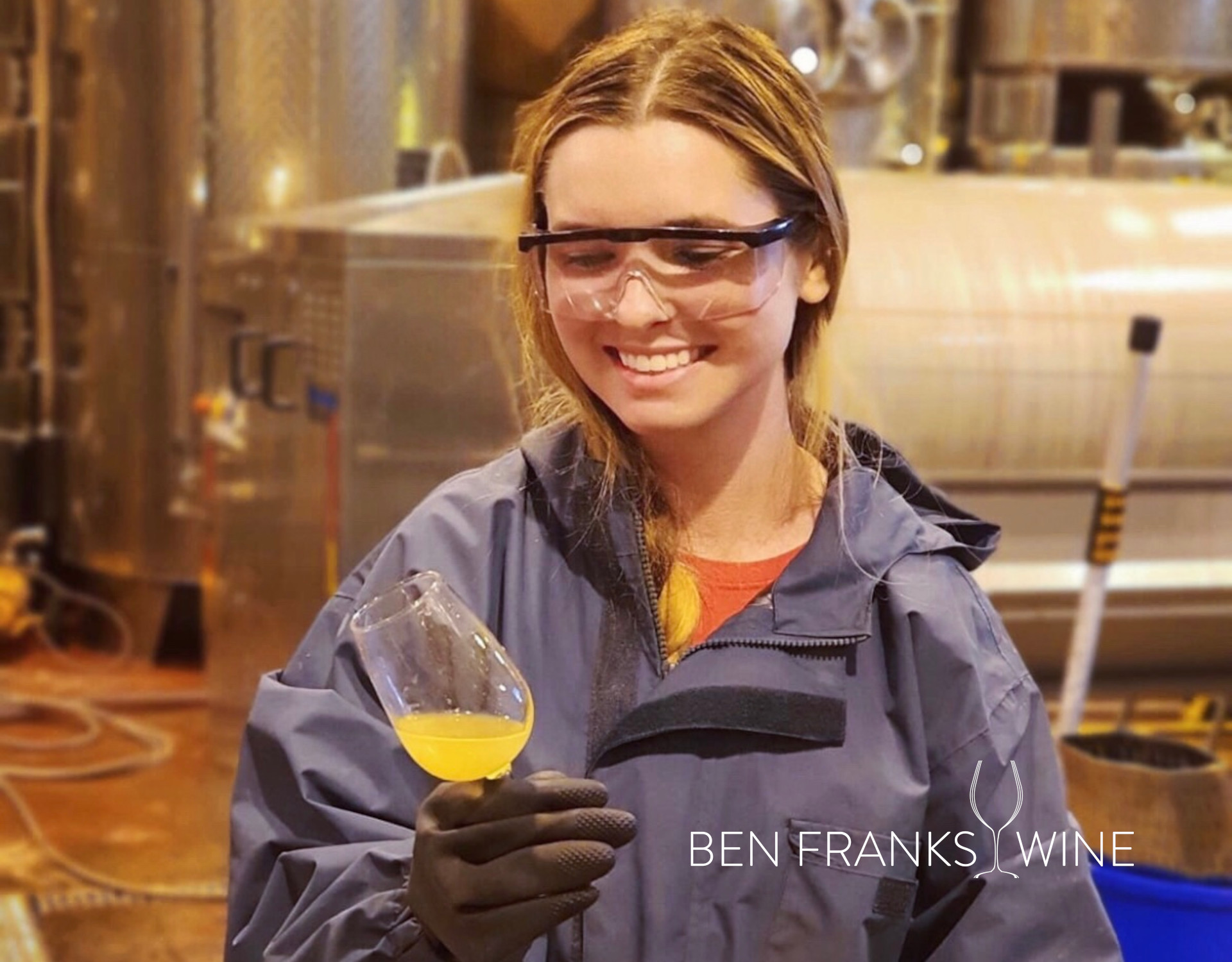
Corinne is an American winemaker and winery owner based in Dorset, whose first three wines under her own ‘Maiden Wine Co.’ will be released this summer.
Growing up, my father was an alcoholic and drug addict. At age eleven, I remember thinking when my parents separated, “I will never drink. Alcohol is the reason for everything bad that is happening to me.” Over the next decade though, my mom helped me develop not only a healthy relationship with alcohol, but a complete change in perspective about it.
Once my mom and stepdad bought their house in Newark, Delaware, it became the hub of all family gatherings. We hosted Thanksgiving for dozens of people every year. Anyone who needed a place to be on Thanksgiving was invited, no questions asked. Part of our Thanksgiving ritual involved brining the turkey in Dr. Heidemanns-Bergweiler Riesling. My mom always bought three bottles. One for the turkey brine, and the others to enjoy. It’s not the most expensive or revered dry German Riesling, but it’s what she loved.
I didn’t know anything about wine at the time, but I knew I liked that Riesling. I liked how it smelled and tasted. I liked that it helped make the turkey delicious. I liked that I associated it with my favorite holiday and is a tradition that she still does to this day.
Ellen Doggett

Ellen is Sales & Marketing Manager for The Sourcing Table, and in 2022 won a coveted place on Harper’s 30 under 30 list.
I’m not from a wealthy family, so when my parents drank wine, it was always something standard from the supermarket or Majestic. Then I went to university and found myself dating someone from a quite different world: a house in Wimbledon, a second home overseas, and an expansive cellar stuffed to the brim with incredible wines.
His Dad wasn’t just a collector either, he was a fully-fledged wine expert whose enthusiasm was infectious. Every time we had dinner, he would open something delicious and proceed to explain it in detail. I was fascinated. Then one day, that bottle was a 1989 Chateau Lafite, and every lightbulb in my brain went off. I suddenly understood how wine could be unique, age, and be something that people spent their entire lives learning about.
Naturally, I didn’t drink anything quite like that again for a long time, but it set me on a path of discovery. I started working in a wine bar, did my WSETs and fell head over heels for the world of wine… and here I am, nine years later, still just as fascinated, and eager to learn.
Jen Avina
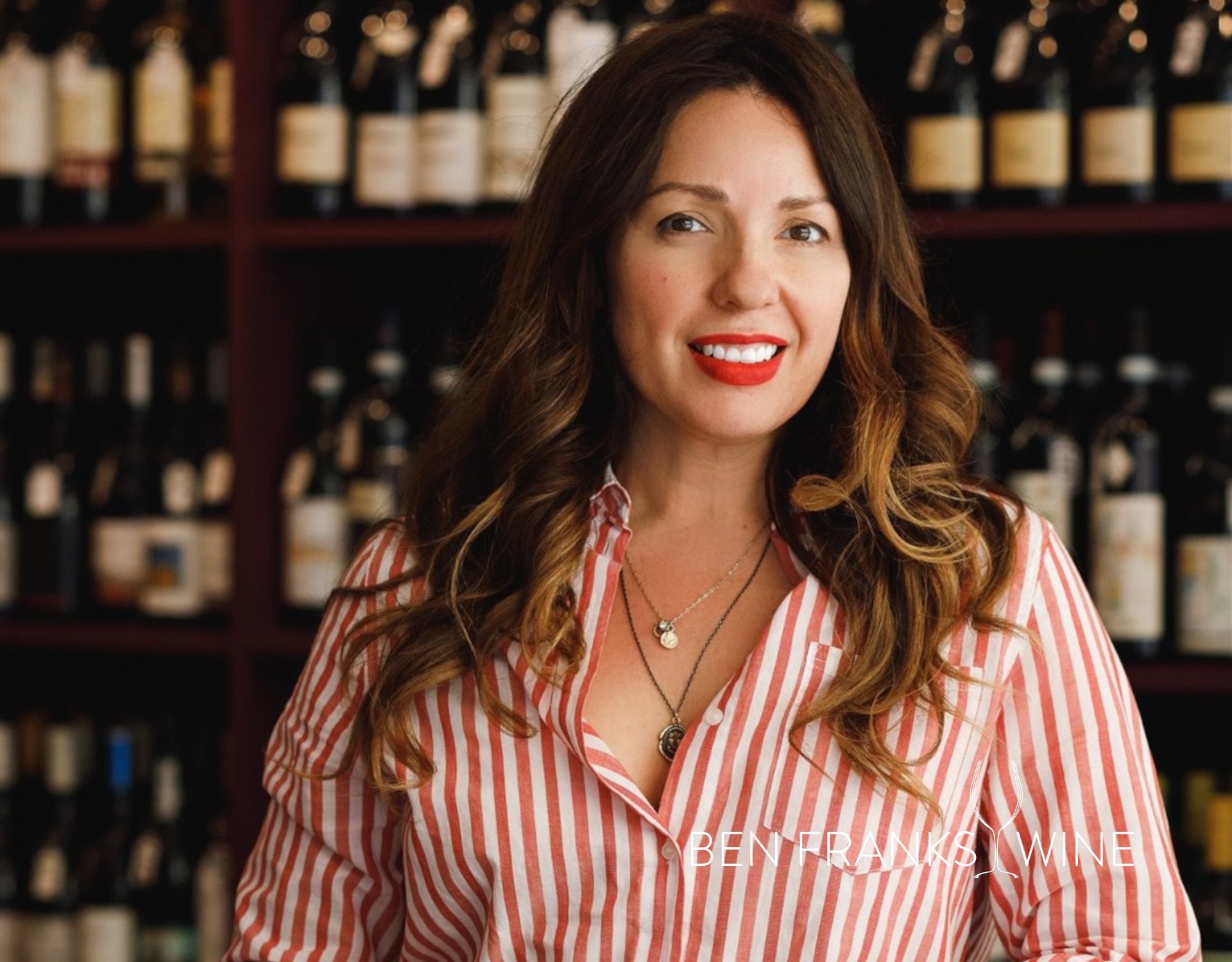
Jen is Founder of Pacific Standard, an expertly curated wine portfolio of imported North American West Coast wines for UK distribution, and General Manager of Drop Drury Lane.
I’d love to say that I saw the light when I first swirled Chateau Margaux or sipped Ornellaia (you’re damn right this girl loves a pricey, full-bodied red), but when I look back at the wine that had the most impact on my life, I always return to the 1992 Sanford Pinot Noir from Santa Barbara County.
My parents were born in Mexico, and rightfully so, enjoyed beer and tequila. So, when I went to college in Santa Barbara in the mid-nineties, a new world opened up. I was in the heart of California’s Central Coast, and tried every wine I could afford. Tecate and lime was my past, wine was my future. I was officially rebelling from my parents!
At around $25 a bottle at the time, Sanford was that crush that was out of my league – the Jake Ryan from Sixteen Candles of wine. The labels oozed casual luxury, adorned by a new native Californian flower with each vintage. I wanted that bottle. Bad. I flirted with it, parading up and down the store aisle, knowing full well it wasn’t coming home with me. So, when I got my first credit card, I splurged. I took ‘Jake’ to the Cliff on the Mesa, with an overpriced sandwich from Pierre Lafond and had my picnic overlooking the ocean. What did it taste like? I couldn’t tell you. But it was heaven. I was officially an adult and had the credit-card debt to prove it.
—-
What was your wine epiphany moment? Let us know in the comments below.

